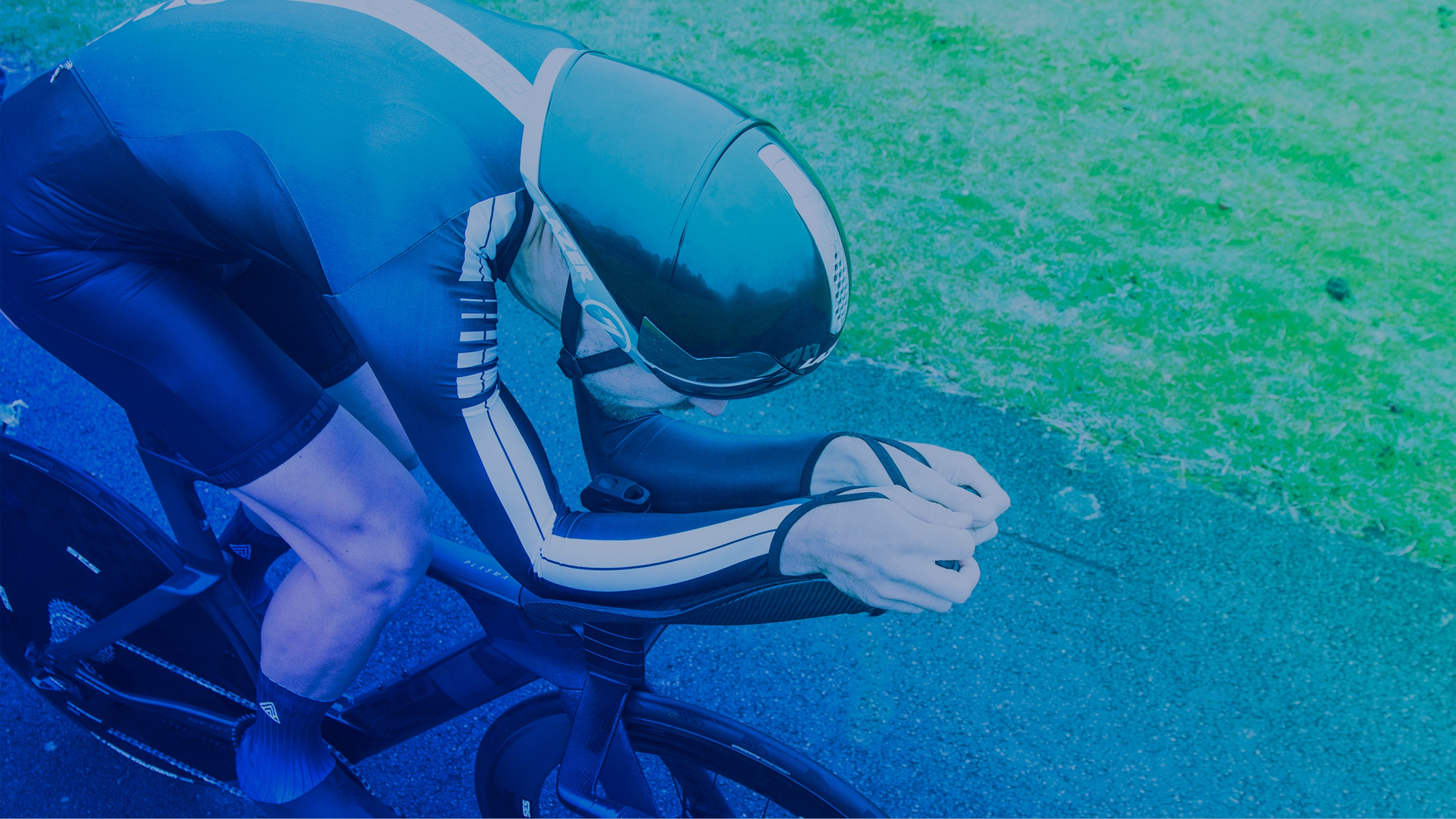
Real World Aero Testing Made Easy
Streamlines is leading the way in ultra-precise cycling aerodynamic technology, to help riders and teams take advantage of the smallest margins that make the biggest difference.
Testimonials
"Super simple. Totally actionable.”
“It was a course PB for me by a wide margin.”
Micheal Liberzon, Host of the Endurance Innovation Podcast
"Working on aero gains is a continuous process and in the daily practice of a WT cycling team riders are not often available for wind tunnel or track testing. Testing with Streamlines makes it possible to test and train on the spot and give instantaneous feedback on aero gains.”
Mathieu Heijboer, Head of Performance Team Jumbo-Visma







